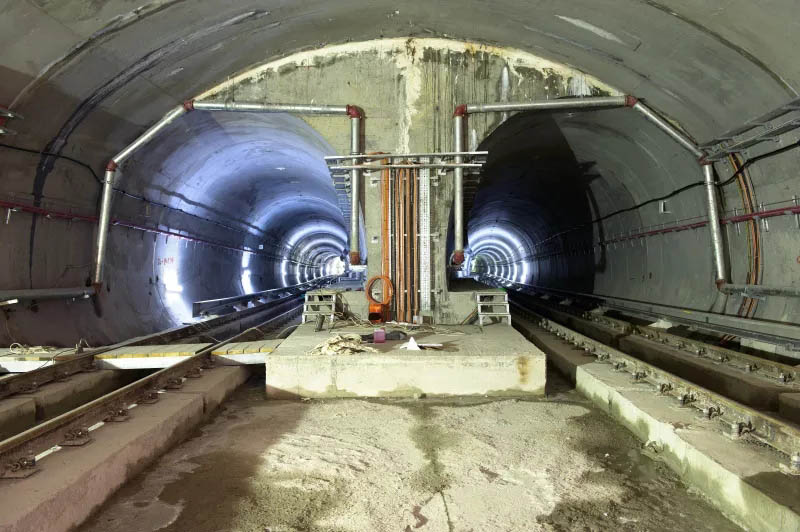A tunnel is an engineering building buried in the ground, and it is a form of human use of underground space. Tunnels can be divided into traffic tunnels, hydraulic tunnels, municipal tunnels, mining tunnels and so on. The structure of the tunnel includes two parts: the main building and auxiliary equipment. The main building is composed of a tunnel body and a tunnel door. The ancillary equipment includes shelters, fire-fighting facilities, emergency communication and water-proof and drainage facilities. The long tunnel also has special ventilation and lighting equipment.
1. According to the geological conditions of the tunnel: soil tunnel and stone tunnel.
2. According to the length of the tunnel: short tunnel (railway tunnel regulations: L≤500m; highway tunnel regulations: L≤500m), medium and long tunnels (railway tunnel regulations: 500<L≤3000m; highway tunnel regulations: 500<L≤1000m ), long tunnels (railway tunnel regulations: 3000<L≤10000m; highway tunnel regulations: 1000
3. According to the criteria for dividing the cross-sectional area of the tunnel defined by the International Tunnel Association (ITA): very small section tunnel (2~3㎡), small section tunnel (3~10㎡), medium section tunnel (10~50㎡) , Large cross-section tunnels (50-100 square meters) and super-large cross-section tunnels (greater than 100 square meters).
4. According to the location of the tunnel: mountain tunnel, underwater tunnel and urban tunnel.
5. According to the depth of tunnel embedment: shallow tunnel and deep tunnel.
6. According to the purpose of the tunnel: traffic tunnels, hydraulic tunnels, municipal tunnels and mine tunnels.


 Scan here
Scan here